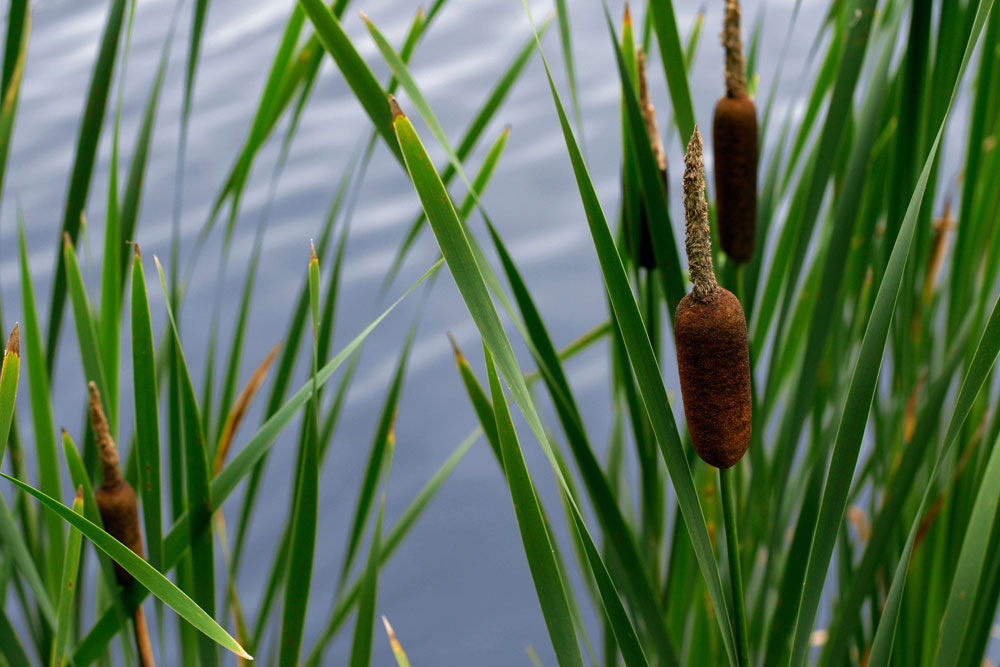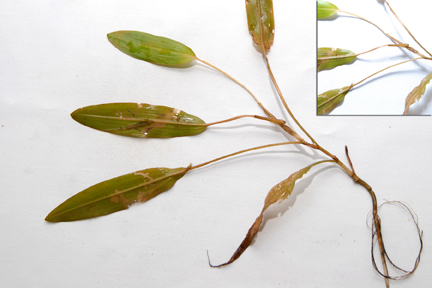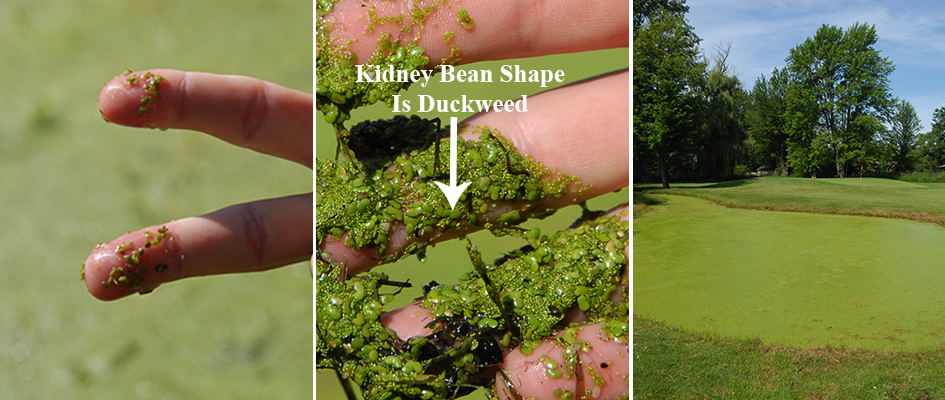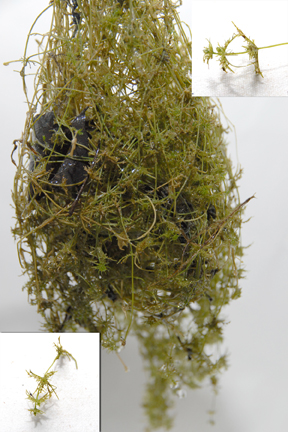Identify Your Pond Growth
As the weather begins to warm up you will begin to see growth on your pond. One of the most important steps to managing your pond growth is to properly identify the growth. Identifying plants will save you time and lots of money. I know what you are thinking…easier said than done, right! Well here are some tips to help narrow things down and get you pointed in the right direction.
First, get ready to get your hands dirty. I’ve never met anyone that was able to identify their plant from their kitchen window. You will need to retrieve some of the growth and examine it closely.
What is the texture of the growth?
Does it smell?
Is it rooted or free floating?
There are three different categories of pond growth: Emerged Weeds, Submerged Weeds, and Pond Algae.
| · Emerged weeds are weeds that are rooted in and around the pond and grow up out of the water. A good example of this type of weed are cattails. These types of weeds can be treated with products that kill to the root, like Catt Plex. Mix 3oz of Catt Plex, 1 oz. of Plex Mate to each gallon of water and spray growth. Plants will begin to yellow in 7 days and be completely brown in 14 days. |  |
| · Submerged weeds are weeds that are usually, but not always rooted on the pond floor and stay under water or right at the surface. American pond weed is a submerged weed that is rooted on the pond floor, vines up to an oblong leaf that floats on the surface. Duckweed also falls under the submerged weed category. Duckweed is a collection of thousands of small, pencil eraser sized leaves that are free floating. Duckweed is often misidentified as algae. Submerged weeds will best be controlled with Tsunami DQ. Dosing can range from 2 quarts – 2 gallons per acre depending on the type of aquatic weed you are trying control. |   |
| · Pond algae can come in many forms. Green pond water, floating hair like mats, and one algae is often misidentified as a weed, Chara. Chara appears to be rooted and has a stem. However, upon closer inspection Chara is barely rooted, has a crunchy/coarse texture and has an extremely musky odor. If you have Chara your pond will also be extremely clear. Pond algae should be treated with copper sulfate based products. Liquid copper products like Crystal Plex treat a larger variety of algae types compared to granular copper products. |  |
You can always refer to our pond plant ID page for pictures of different types of growth and product recommendations. Taking the time to identify your pond growth will keep you from spraying the wrong product and wasting valuable time and money. For more help on treating your pond contact the experts at Sanco Industries.
